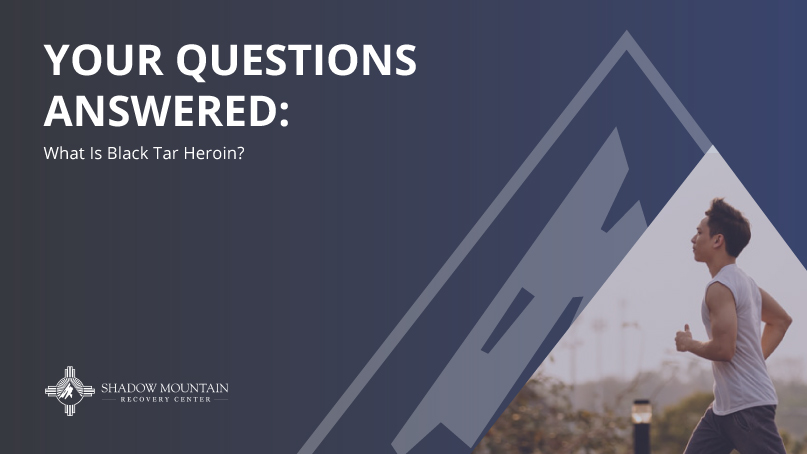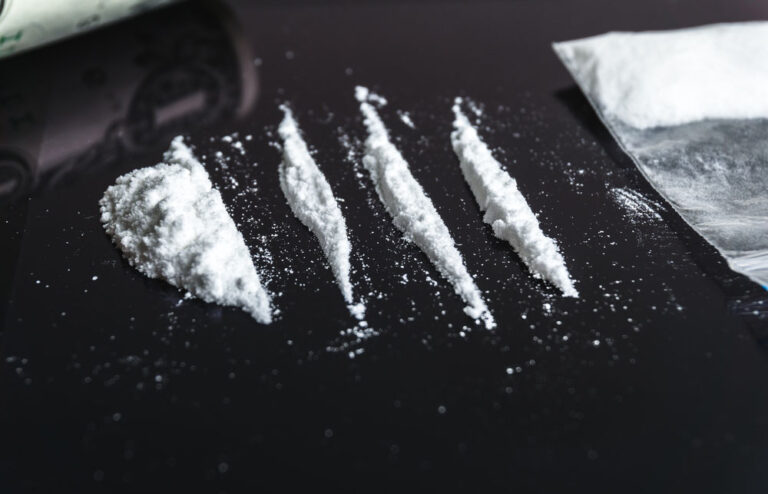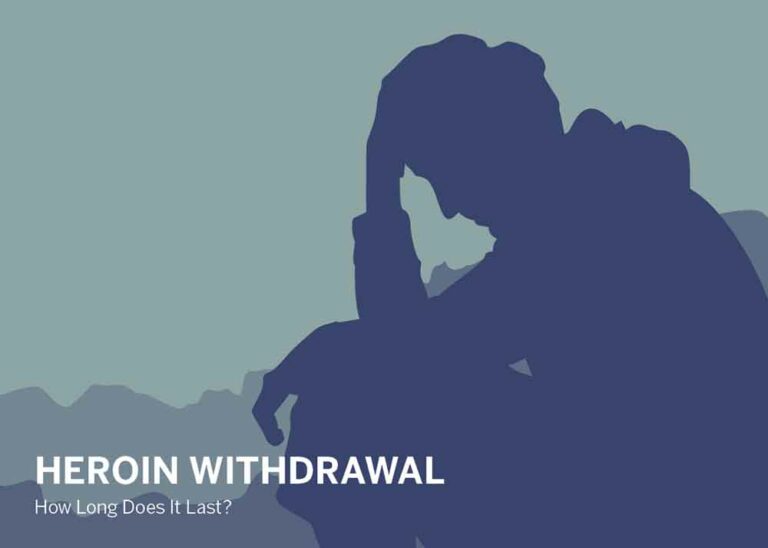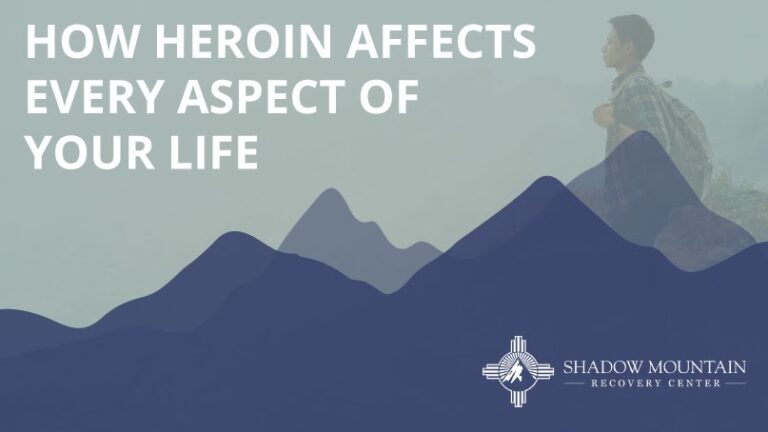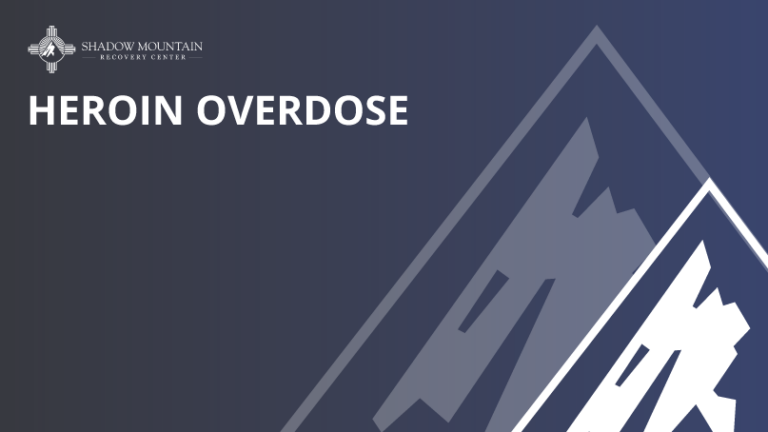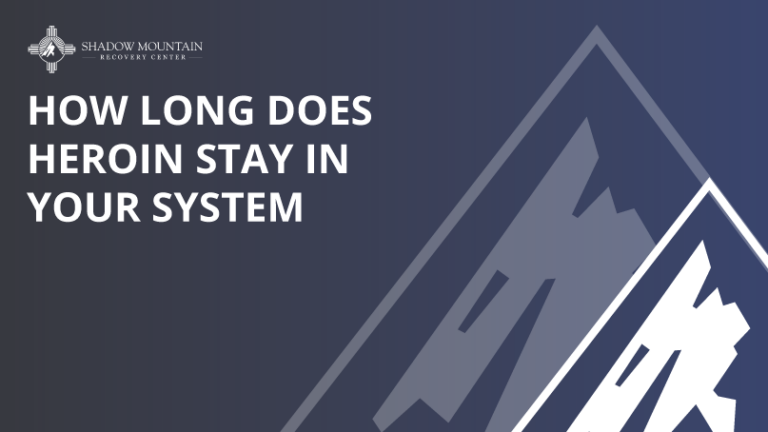Black Tar Heroin
Notorious for its distinct name and unmistakable appearance, black tar heroin has been around for over 100 years, and has been a lingering problem in New Mexico for decades. Compared to its purer, powdered counterparts, the sticky and lumpy black tar heroin plays a unique part in the growing substance use epidemic. Often produced in North and South America, and in some parts of Asia and Africa, black tar heroin is popular for being easy to produce and relatively inexpensive to purchase. Research shows that the sale of black tar heroin is booming in the United States, especially close to the southern borders and east of the Mississippi.
While reportedly the least pure of the heroin forms, it must not be mistaken that black tar heroin is still exceptionally dangerous. In 2020, across the US there was a reported 13,165 confirmed heroin related deaths. In New Mexico alone, there were hundreds of deaths involving heroin and other opioids in 2020, proving it’s still a problem that needs to be solved in The Land of Enchantment.
How Do People Use Black Tar Heroin?
Unlike other more popularly depicted forms of heroin, brown and white powder, black tar heroin is not something that can be snorted or smoked. Because it is the crudest form of heroin, black tar most often comes in as a sticky, blackish-brown lump resembling a blob of roofing tar or a lump of coal.
In order to use black tar heroin, it must be reduced with heat, diluted, and then injected into veins, muscles, under the skin, or other tissues across the body. Black tar heroin is often reduced in small containers like spoons, and looks similar to a spoonful of black coffee or dark watery syrup when in its liquid form.
While this may seem like an innocuous distinction between the two forms of heroin, there is an added risk when injecting unregulated substances into the body. Not only is there the risk of contamination or substances being “cut” with things like fentanyl, but there is also the added risk of using contaminated needles which can spread infection, hepatitis, HIV, and even the AIDS virus.
Difference Between Black Tar and Other Types of Heroin
As mentioned previously, black tar heroin is unique among heroin. In order to illustrate the differences between heroin, it is important to know what kinds of heroin are out there. The most common forms heroin comes in are: black tar, brown powder, and white powder. These are listed from most crude (black tar) to most pure (white powder). It is important to note though that heroin purity does not equivocate to heroin potency, or by proxy dangerousness. All forms of heroin are equally detrimental to a person’s health.
As their names might suggest, heroin types all look distinctly different based on their purity. As previously described black tar is solid, black, and sticky. Brown powder is a fine powder similar in color to ground cinnamon, cardamom, or fine sand. White powder is a fine white, and occasionally off-white, powder similar in appearance to baby powder or powdered sugar. Being the purest, and most costly to produce, white powder heroin is often “cut” with other substances such as sugars, starches, powdered milk, or quinine in order to make a higher profit and extend the product. When cut, white powder heroin will often take on a matte color, whereas pure white heroin will be more silvery-white in appearance.
White powder heroin is not the only type of heroin that is cut though. All forms of heroin are more often than not being cut with other substances, both innocuous and illicit, for the sake of profit. There have been cases of heroin being “cut” with fentanyl, cocaine, other opiates, rat poison, top soil which then led to a fungal botulism, and shoe polish just to name a few.
Even when mixed with other more innocuous substances, such as starch and flour, the mixing of heroin with other substances has led to increased accidental deaths because there is no way for a heroin user to regulate their use if they do not know how much of what they are taking is pure heroin.
It should be understood though that heroin, regardless of “cutting,” all affect the brain in similar ways. Heroin is an opiate often derived from poppy flowers, or simulated synthetically in labs. When heroin hits the brain, it is chemically converted into a powerful morphine. Being a depressant, this morphine then causes a “rush” of pleasure that can be followed by warm, flushed skin, dry mouth, heaviness of limbs, sleepiness, clouded thoughts, and slurred speech. In some cases it will induce nausea, vomiting, intense itching, and slow the heart and breathing to dangerously low levels. In some cases, it depresses bodily functions enough to cause brain damage, induce comas, or even cause accidental death.
The Dangers of Black Tar Heroin Overdose
As illustrated by the information above, black tar heroin is incredibly easy to overdose on. Disregarding the added danger of what heroin is often “cut” with for now, heroin in any form acts as a depressant. No, this does not mean that heroin causes a person to be depressed or sad. When it is referred to as a depressant, what it means is that heroin slows things down. Specifically it slows the rate of breathing and the users heart rate.
While this might at first have a “relaxing” or “relieving” feeling to the user, the long term drastic lowering of a person’s heart and respiration rate can almost certainly result in coma, brain death, or total death. Additionally, heroin overdoses are often accidental and it can be difficult to revive people who have taken contaminated heroin.
While there are drugs such as Naloxone or Narcan that can counteract a heroin overdose if administered fast enough, there is no such drug for quickly counteracting the effects of poisoning or botulism. What’s worse is that, without knowing what the heroin is “cut” with, medical professionals are left scrambling as they try to counteract both the heroin and whatever else may have been mixed in.
Because most heroin overdoses are accidental, there is also the risk of overdosing while alone. While some people may have the ability to call for help if they feel like they are overdosing, the nature of heroin can make this impossible for others. What’s more is that the nausea and impaired mobility caused by heroin usage has the potential to increase a person’s risk for aspiration and suffocation on their own vomit. In 2020 there was a 48% increase in the amount of documented accidental drug overdoses and a 31.5% increase in heroin specific accidental overdoses.
Black Tar Heroin Use in New Mexico
New Mexico is not excluded from the increased rates of drug use and overdose deaths. In fact, New Mexico leads the nation in per-capita heroin related deaths. Black tar heroin is especially prevalent in New Mexico due to its close proximity with the southern border of the United States. South American heroin manufacturers transport heroin through New Mexico and Texas into the rest of the United States. Because of this fact, black tar heroin is easily available in New Mexico and has not only led to an increase in overdose related deaths, but also an increase in drug-related violent crime.
In 2018, there were a reported 67,367 overdose related deaths in New Mexico. Of these deaths, over half were attributed to opiates including heroin. What’s more is that there is not only an increase in deaths of people who use heroin, but there is also an increase in babies being born with heroin in their system, as well as an uptick in HIV and hepatitis rates among those who use heroin throughout New Mexico. The problem with heroin is that the use of heroin, especially black tar heroin which needs to be injected, is that it has lasting health effects not only on the user, but on those around them. Heroin use and unsafe needle practices increase the likelihood of bloodborne diseases being spread and the increase in substance addicted fetuses being born.
That being said, there is hope to be had. In New Mexico there has been increased DEA crackdown as well as a number of treatment facilities opened, offering a chance at recovery as an option for those who need it. Shadow Mountain Recovery is one such facility.
Shadow Mountain Can Help You Take Your Life Back
At Shadow Mountain Recovery, we understand your situation is unique, which is why we create personalized treatment for heroin addiction.
Our program will address the symptoms of your addiction and daily-life contributors that may affect it. We use evidence-based treatments like cognitive behavioral therapy and dialectical behavior therapy to help change thoughts and behaviors that lead to unwanted or unhealthy habits.
We also offer recreational activities as a healthy alternative to heroin. To learn more, call 505-657-2117.

